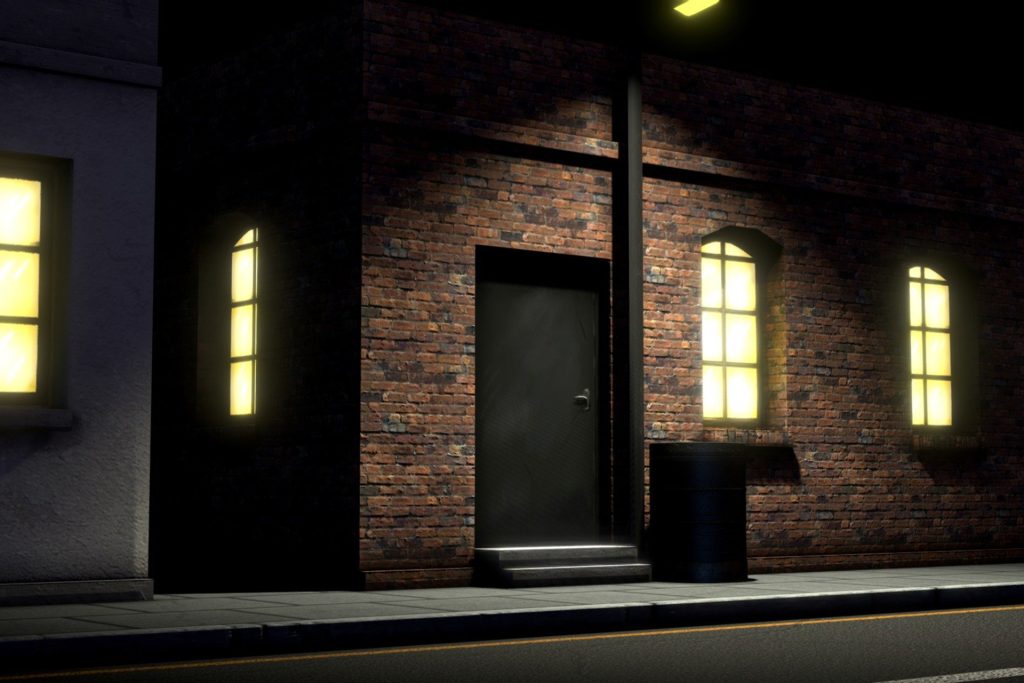
Rendering in Blender: How to Set Render Settings?
Choosing Render Engine: Cycles vs. Eevee
Render settings: Resolution, Sampling, Export Options
Shading: Ambient Occlusion, Ray Tracing vs. Screen Space Reflections
Lighting: Types of Lights and Lighting Techniques
Different types of lights: Spot, Point, Sun, Hemi Lights
Light settings: Intensity, Color, Shadow type
Lighting techniques: Global Illumination, Indirect Lighting, Environment Lighting
Materials: How to Make Objects Realistic?
Using Physically Based (PBR) materials
Effect of Light and Shadows on materials: Glossy, Metallic, Roughness
Material settings: Displacement, Normal, and Bump Mapping
Compositing: How to Improve Results?
Creating Compositing: Render Layers, Masking, Keying
Color correction and grading techniques
Methods for adding effects like lens flare, bokeh, bloom
Other Tips and Tricks
Optimization techniques to reduce render time
Debugging and problem-solving during rendering
Choosing appropriate rendering and lighting techniques for different projects
These topics cover basic information that will help beginners in rendering and lighting in Blender. Of course, more comprehensive or advanced topics can also be covered.
Of course, there are several important points to consider when lighting in Blender:
Choose the right type of lighting: Blender offers different types of lighting, including Spot, Point, Sun, and Area lights. Depending on the type of project and its needs, you should select the appropriate type of lighting.
Adjust the lighting intensity: The intensity of the lighting can affect the visibility and colors of the objects and materials in your scene. The ideal lighting intensity can vary depending on the goals and tonality of the scene.
Use shadows: Shadows can help make the scene look more realistic. In Blender, you can create depth between objects by using shadows.
Adjust the colors: Lighting can affect the color tonality of your scene. You can adjust the lighting color to match the colors of your objects.
Use HDRI: HDRI can help you create a realistic environment in your scene. In Blender, you can adjust the light reflections and reflected colors by using HDRI maps.
Adjust render settings: Render settings are used during the scene rendering process. Adjusting the render settings properly can enhance the quality of your scene and reduce the rendering time.
These tips are the key points to consider when lighting in Blender. Choose the right type of lighting for your scene, adjust the lighting intensity, use shadows, adjust the colors, use HDRI, and adjust the render settings properly. These steps can make your scene realistic and eye-catching.





